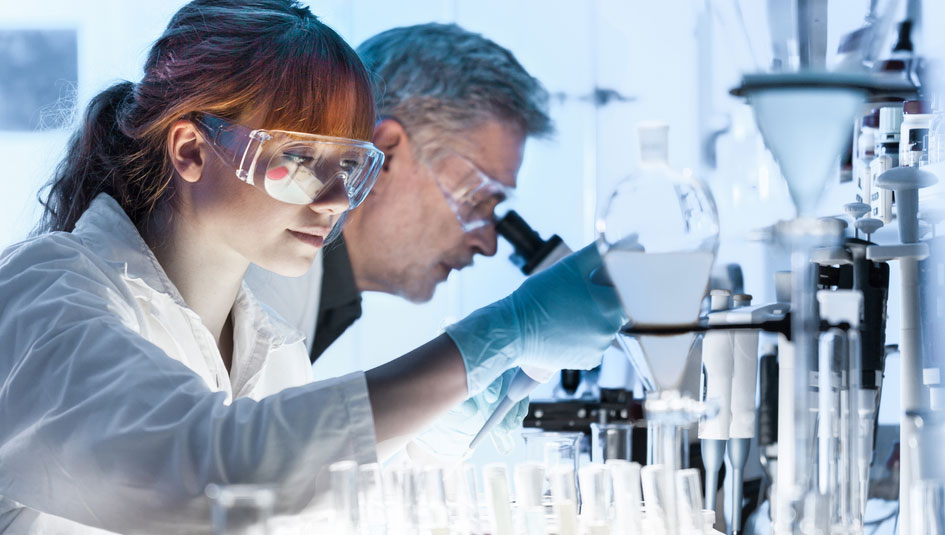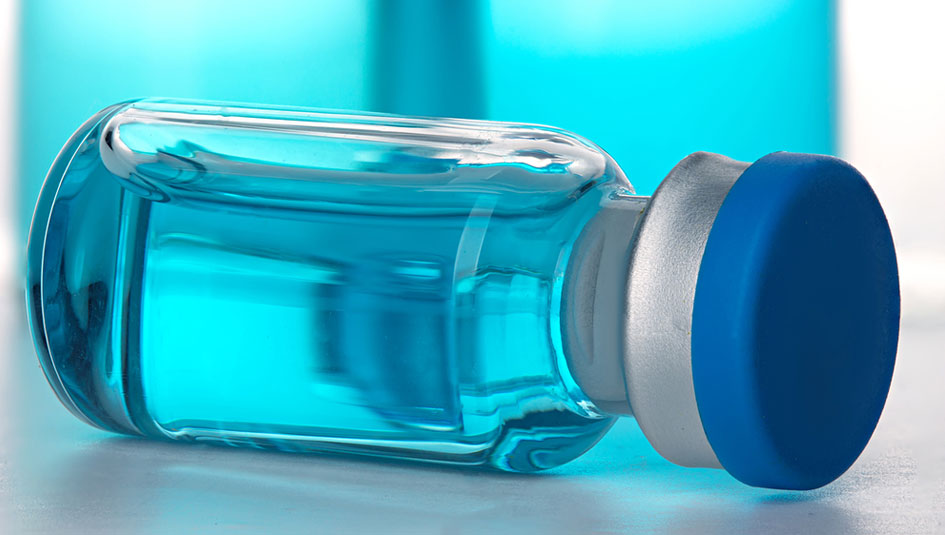Is Technology Helping or Hurting Research for a Cure?

There is no question that technology is transforming diabetes care for those fortunate enough to have access to it. In fact, technology is transforming diabetes care at such an accelerated pace that some professional medical organizations can’t keep up. This year, the American Diabetes Association (ADA) announced that it will update its Standards of Medical Care in Diabetes throughout the year to stay current with research and technological developments. But what about technology’s impact on research toward a cure? Is technology simply a placeholder until a cure arrives, or will technology soon obviate the need for a cure?
This was the subject of a recent paper published by Jeremy Pettus and Matthias Von Herrath in Acta Diabetologica. According to the authors, technology is radically altering the research landscape, as well as clinical practices. Since the 1970s, when Type 1 diabetes was first classified as an autoimmune disease, diabetes research has focused on immunotherapies. This research has faced significant obstacles, such as the reality that autoimmunity recurs after therapy ends or, worse, that the therapies are themselves toxic. Nearly fifty years later, “the efficacy to side effect balance remains a rather tenuous one, and the hope that the 1970s and 1980s offered has not translated into a therapy.”
However, during this time, technology has exceeded expectations. Pumps and meters have been introduced and significantly improved their efficacy, as well as ease of use. Today, there are tubeless delivery systems and continuous glucose monitors, which replace finger pricks and allow family members to remotely “follow” levels. The most significant development, according to the researchers, has been Medtronic’s 670-g hybrid closed loop system, which fine-tunes basal insulin delivery based on readings of glucose levels. This system, which was introduced in 2016, comes very close to the fully automated “artificial pancreas,” the holy grail of diabetes management. The difference is that the AP system would require no intervention, since it would automatically calculate and deliver bolus doses, as well.
Thanks to such developments, technology has “started to venture into the ‘cure’ category.” An artificial pancreas wouldn’t actually reverse diabetes, but it would essentially eliminate the burden of having the disease. The authors note that individuals with Type 1 diabetes are most bothered by the following: a sense of powerless about the unpredictable nature of the condition and the possibility of long term complications; loss of control over diet and food intake; and fears about hypoglycemia. These stressors negatively impact management of the condition. For instance, many individuals worry about experiencing a fatal low while driving or sleeping, and this can lead to elevated glucose levels and/or increased carbohydrate intake to prevent such an event. An artificial pancreas system would resolve all of these concerns, according to the authors.
The question then becomes: would research toward a cure still be imperative? Or would diabetes research become like research for Hashimoto’s disease? (Research for a cure for thyroid conditions is virtually non-existent, since the condition is, in most cases, so easily managed.) When everyone with T1D can “wear a device that lets them sleep at night with ZERO concern for hypoglycemia, regulates their blood sugar so long-term microvascular complications are a thing of the past, and lets them live a long and healthy life, we have to wonder what will happen to funding for different therapies.”
Of course, the artificial pancreas won’t be within reach for all, as the authors acknowledge and as other health advocates routinely predict about diabetes therapies. Costs and availability will prevent many across the globe from benefitting from its use. Furthermore, many may opt not to use it, just as many have opted for manual blood glucose monitoring and injections.
Despite these realities, the authors are optimistic that the artificial pancreas will positively impact diabetes care by raising the bar for what constitutes an acceptable treatment. Years ago, patients might have perceived certain risks as acceptable, given the rewards of the potential therapy. But once the artificial pancreas system becomes widely available, such risks will become unacceptable and unnecessary. Ideally, then, “AP systems will act as a bridge to a cure by improving patients’ lives while we all wait for a biological cure that will make all the technology unnecessary.” In this way, technology is not “at odds” with science, but instead, working to push science beyond current limits.
Do you have an idea you would like to write about for Insulin Nation? Send your pitch to submissions@insulinnation.com.
Thanks for reading this Insulin Nation article. Want more Type 1 news? Subscribe here.
Have Type 2 diabetes or know someone who does? Try Type 2 Nation, our sister publication.







